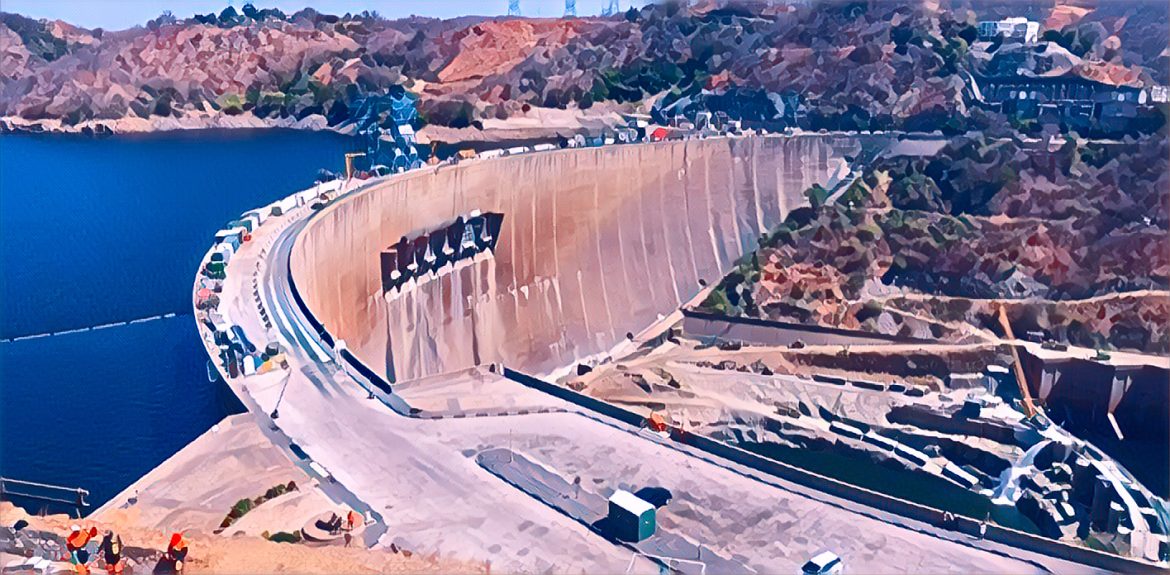KEY POINTS
- Zimbabwe, Zambia begin floating solar study at Kariba amid drought-driven hydropower decline.
- AfDB-funded study to be completed by Q1 2025, targeting solar expansion in Lake Kariba.
- Nuclear and repowering projects to boost Zimbabwe’s clean energy, easing national power cuts.
Zimbabwe and Zambia, in a collaborative effort through the Zambezi River Authority (ZRA), have initiated feasibility studies for floating solar systems on Lake Kariba.
The initiative aims to offset the reduced hydropower generation due to persistent droughts, exacerbated by the ongoing El Niño weather patterns, which have significantly lowered water inflows into the Kariba Dam.
Zimbabwe, Zambia pursue Kariba floating solar solution
The African Development Bank (AfDB) is funding these studies, advancing regional efforts to stabilize and diversify power generation. Energy and Power Development Minister Edgar Moyo announced the initiative in the National Assembly last week.
Zimbabwe eyes Kariba for energy boost
Moyo explained that the study addresses Zimbabwe’s ongoing energy challenges, especially at Kariba Dam and Hwange Thermal Power Station. “We’re conducting this feasibility study with ZRA and AfDB support to assess floating solar viability on Lake Kariba,” Moyo said. “Our target is to complete the study by Q1 2025, setting the stage for solar deployment.”
Floating solar systems aim to deliver high power yields and eco-friendly expansion without using land. Mounted on floating platforms, the modules benefit from water cooling, optimizing performance in high temperatures—a crucial feature for the region.
Broader strategy and vision
The initiative marks part of Zimbabwe’s broader strategy to expand its clean energy output. To advance this, the government is working with the International Atomic Energy Agency (IAEA) on peaceful nuclear energy options.
“We’ve begun talks with the IAEA to assess the nuclear power option for Zimbabwe,” Moyo confirmed. Committees are focused on meeting milestones necessary to develop small modular reactors, aiming to strengthen clean energy.
Zimbabwe Expands Power with 800 MW Hwange Project
Beyond the Kariba initiative, Minister Moyo noted additional projects such as the 800 MW Hwange Repowering Project by India’s Jindal, set for completion by December next year. This project, along with eight others, aims to add 2,690 MW to the national grid by next year.
These expansions promise significant relief from power shortages impacting homes and businesses.
Energy resilience in focus
Sydney Gata, executive chairman of Zesa, said the upcoming projects will ease Zimbabwe’s power shortages amid growing demand. Floating solar systems at Kariba offer renewable energy and a resilient alternative to traditional land-based solar projects.
Minister Moyo emphasized the economic and environmental benefits, stating, “Floating solar expands our renewable sources sustainably, minimizing environmental disruption.” This approach reflects Zimbabwe and Zambia’s commitment to a resilient, diverse energy mix to address climate change and regional clean energy needs.


